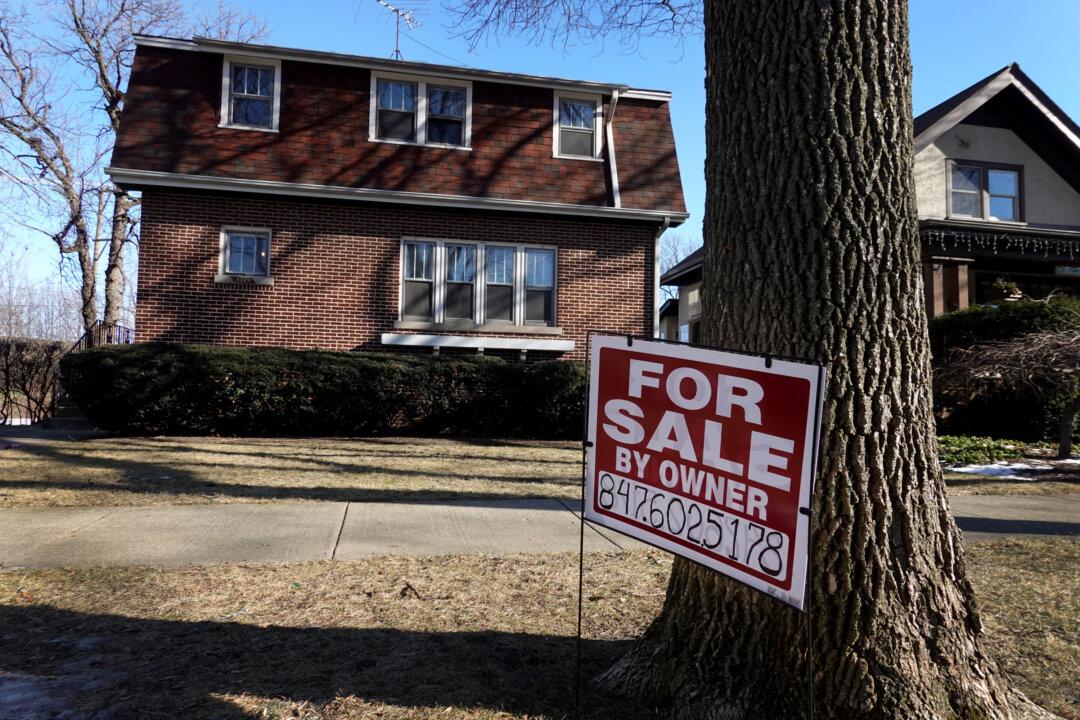A new survey revealed that U.S. mortgage rates continue to rise as interest rates adjust in response to stronger-than-expected economic growth.
According to Freddie Mac’s Primary Mortgage Market Survey, the 30-year fixed-rate mortgage (FRM) averaged 6.5 percent for the week ending on Feb. 23, up 18 basis points from 6.32 percent in the previous week. At the same time a year ago, the 30-year FRM averaged 3.89 percent.





